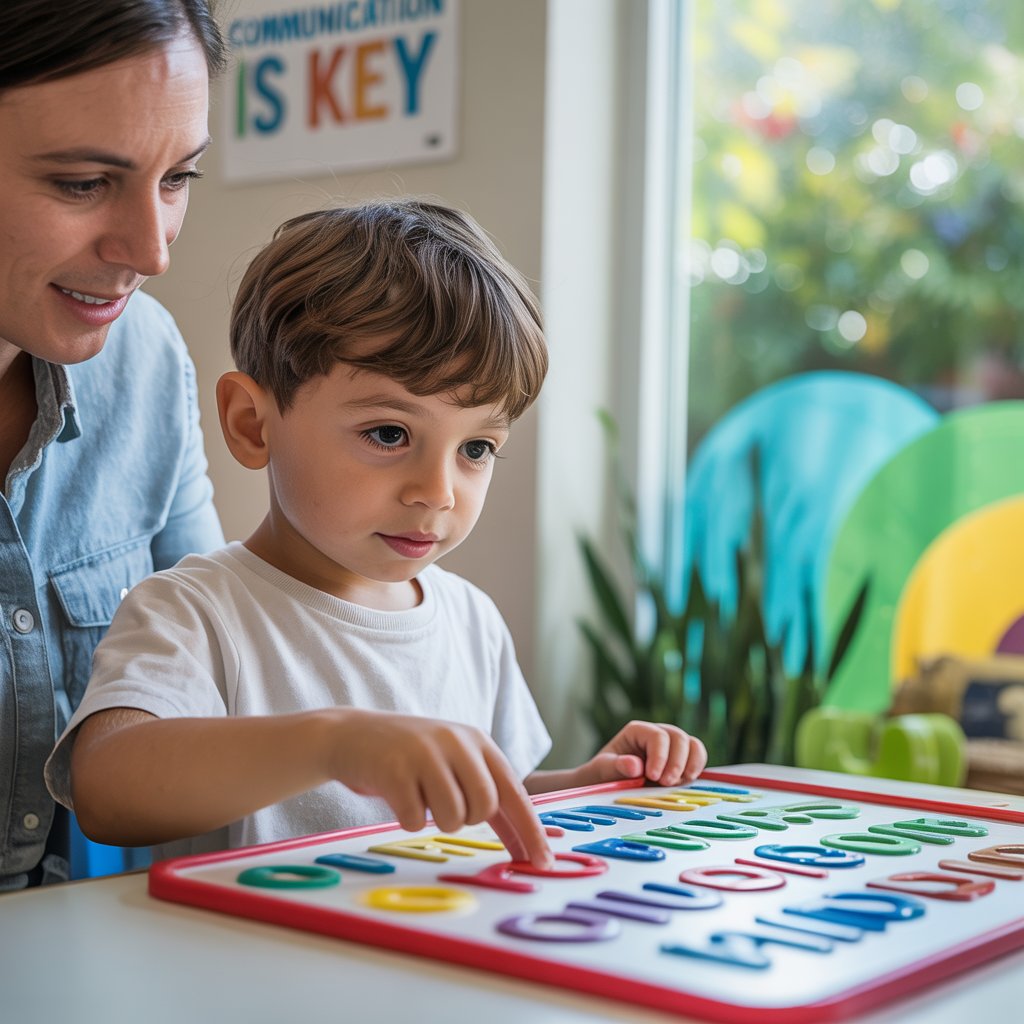Core ABA Techniques That Drive Positive Change

Positive Reinforcement Strategies That Work
When a child does something right, they need to know it—right away. That's the core of positive reinforcement, and it's incredibly powerful for autistic children. But we're not just talking about handing out candy for good behavior.
Effective reinforcement is personalized. What lights up one child might bore another. Some kids work for iPad time, others for a favorite toy, and some just want your enthusiastic "Great job!" The trick is finding what actually motivates that specific child.
The timing matters too. A reinforcer given immediately after the desired behavior creates that critical connection in the child's mind: "I did X, and something good happened." Wait too long, and that connection fades.
Many parents worry reinforcement is just bribery. It's not. Here's the difference:
- Bribery: Offered before behavior to coax compliance
- Reinforcement: Delivered after behavior to strengthen it
Smart ABA therapists use reinforcement schedules strategically. They might start with continuous reinforcement (rewarding every time), then gradually shift to intermittent schedules where rewards come less predictably—just like real life.
Antecedent Interventions for Preventing Challenging Behaviors
Why wait for a meltdown when you can prevent it? That's the thinking behind antecedent interventions—strategies that tackle problems before they start.
First, you need to become a detective. What triggers challenging behaviors? Is it sensory overload from bright lights? Difficulty with transitions? Frustration from communication barriers?
Once you've identified these triggers, you can modify the environment. Maybe that means:
- Visual schedules showing what's coming next
- Noise-canceling headphones in loud environments
- Breaking complicated tasks into manageable chunks
- Offering choices to provide some control
Environmental modifications aren't about avoiding all challenges—they're about setting kids up for success while they develop coping skills.
Priming is another powerful antecedent strategy. By giving a child a preview of upcoming activities or expectations, you reduce anxiety and increase cooperation. It's like giving someone the answers before the test.

Functional Behavior Assessment Process
Every behavior serves a purpose. The tantrum isn't random—it's communication. Functional Behavior Assessment (FBA) helps decode what that behavior is trying to say.
The FBA process typically follows these steps:
- Indirect assessment: Interviews with parents, teachers, and caregivers
- Direct observation: Watching the behavior in natural settings
- Data collection: Documenting when, where, and how behaviors occur
- Hypothesis development: Determining the likely function
Most challenging behaviors fall into four function categories:
- Getting attention
- Escaping demands or situations
- Accessing preferred items/activities
- Meeting sensory needs
Once you understand the "why" behind behavior, you can teach alternative skills that meet the same need. If a child hits to get attention, we teach them to tap shoulders. If they throw materials to escape difficult tasks, we teach them to request breaks.
Data Collection and Progress Measurement Tools
ABA isn't about guesswork—it's about proof. Data collection transforms subjective impressions into objective evidence of progress.
Therapists use various data collection methods depending on what they're measuring:
- Frequency counts track how often behaviors occur
- Duration recording measures how long behaviors last
- ABC data captures Antecedents, Behaviors, and Consequences
- Interval recording notes if behaviors happen during specific time chunks
The best data systems are usable in real-life settings. A complex data sheet that never gets filled out helps nobody.
Modern ABA often uses digital tools that graph progress automatically, helping teams spot trends quickly. These visual representations make it easier to see if interventions are working or need adjustment.
The real power of data is in the decisions it drives. When progress stalls, the data points to why—maybe reinforcement needs changing, or perhaps we've set our criteria too high too quickly.
Prompting and Fading Techniques
Independence doesn't happen overnight. Prompting provides the temporary supports children need while learning new skills, while fading gradually removes these supports.
Effective prompting follows a hierarchy:
- Full physical guidance (hand-over-hand assistance)
- Partial physical guidance (light touch at elbow)
- Modeling (showing the behavior)
- Gestural prompts (pointing)
- Verbal prompts (telling what to do)
The key is using the least intrusive prompt necessary for success. We want children relying on natural cues in the environment, not adult instructions.
Prompt dependency can become a real problem if we're not careful. Some kids get so used to waiting for help that they won't try without it. That's why systematic prompt fading is crucial.
Fading might involve delaying prompts (waiting a few seconds before helping), making prompts less obvious, or gradually shifting from physical to verbal guidance.
Transfer trials help build generalization—we mix prompted and unprompted opportunities so children learn to respond independently across different situations. This careful dance of support and challenge is what builds lasting skills.







